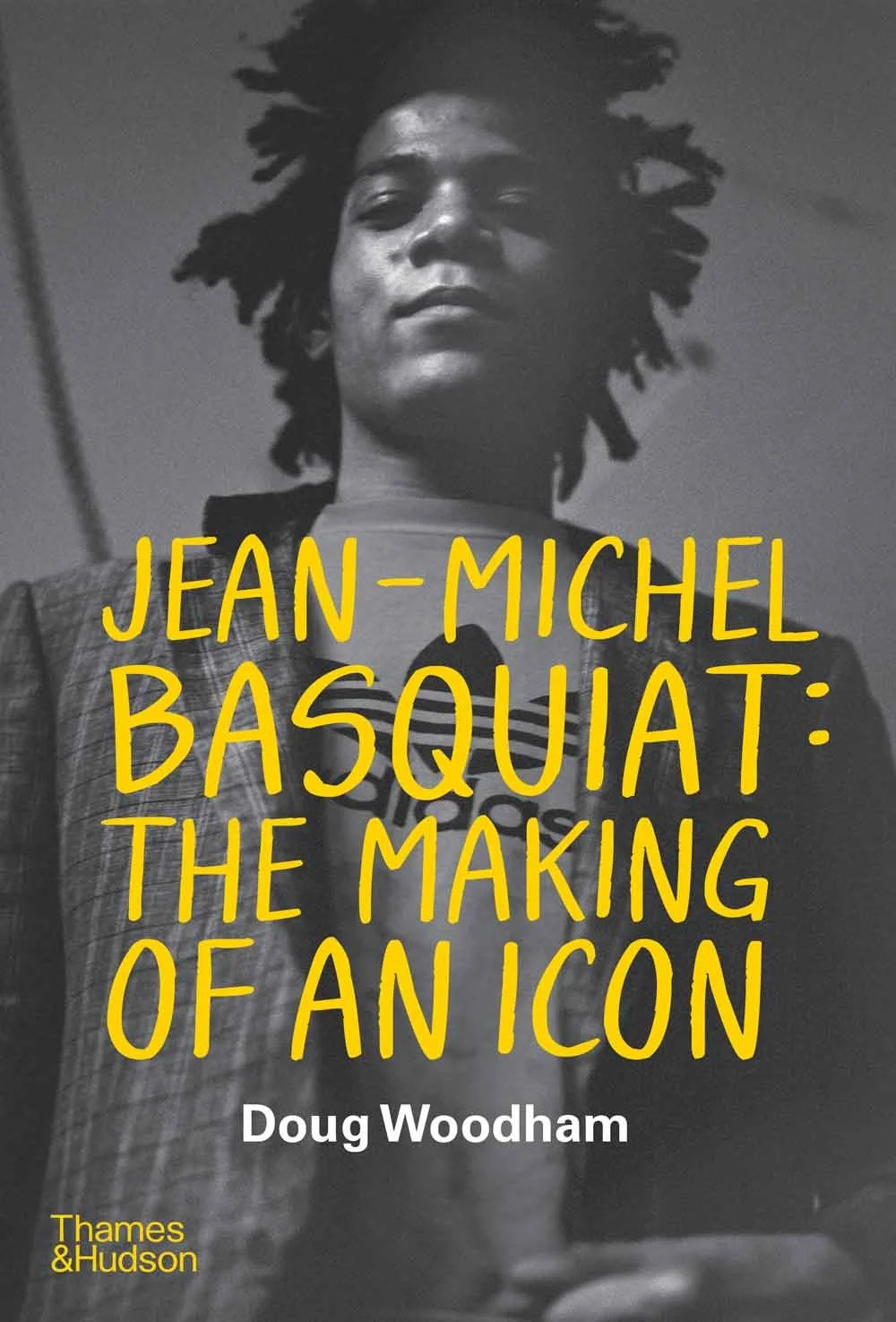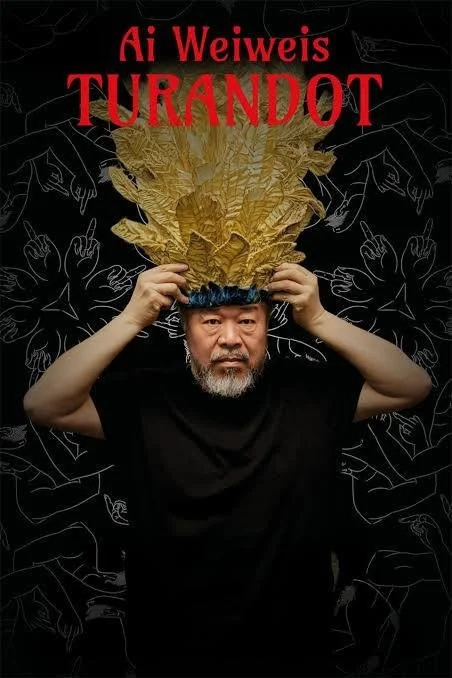Isca Greenfield-Sanders was born in New York City. She received her Bachelor of Arts from Brown University, in Providence, RI, in 2000 in both Visual Art and Mathematics. Solo exhibitions of her work have been held at MOCA Denver; Museum Morsbroich, Germany; and MoMA PS1, New York. She is represented by Miles McEnery Gallery (NY), Berggruen Gallery (San Francisco), Baldwin Gallery (Aspen), and Wetterling Gallery (Sweden). Her works are included in the public collections of Solomon R. Guggenheim Museum, New York; Brooklyn Museum; Museum of Fine Arts, Houston; Victoria and Albert Museum, London; and Fine Arts Museum of San Francisco. @IscaGS
Where were you born and raised? How did it influence your art and your thinking about the world? I grew up in the East Village in New York City, where I live to this day. In the 1980s, the East Village was the center of the gallery scene in New York. I come from a family of artists, and my childhood was spent making art, seeing shows, and meeting artists.
When did you first fall in love with art and realize you wanted to be an artist? What was it about landscapes that first drew you in? Art was the air I always breathed, but I think I was eight when I decided I would like to become a landscape painter. The arts offer a space for people to learn and to feel. I studied math in college and found it had the same aim – to attempt to explain the natural world and to find beauty in the failure of that pursuit.
What does your typical day in the studio look like? What have you learned about your own creative rhythms after more than two decades of painting? My studio day starts the night before, when I lay out the next day’s work. After painting full-time for 25 years, I have a clear sense of what I will be capable of doing in the next 24 hours -- what is wise or unwise to tackle.
I like to arrive to work at 8am having showered, eaten and taken a walk. I spend a maximum of one hour at my desk taking care of life and business so that I can work from 9-12pm before taking a lunch break. After lunch, and a walk, I work another 4 hours or so.
I have a rolling watercolor table that I move around the room to follow the light. I have a large crank operated wooden wall easel on which I paint my large-scale oil paintings. My favorite tools are my many brushes in various sizes, I particularly like an angled head. I have wide priming brushes, delicate watercolor brushes, oil paint brushes that run the gamut from short and squat to extra-long and thin. I have a brush to wipe the table, and a vintage wall paper brush because it is beautiful. I count paper, paint and pencils as materials - but I would characterize my computer, printer, and scanner as important tools.
Tell us about your wildflower series. What keeps you returning to floral landscapes? I am having a wildflower moment for the last 5 years or so. I love a subject that other artists have tackled, and the history of painting flowers is so rich. I get to think about botanical artists, like Mary Delany, and still life painters like Clara Peeters, and Edouard Manet’s final paintings of sympathy flowers. As a landscape painter, I paint flowers in their environment as opposed to domestic or cut flowers. A layered field of flowers provides excellent fodder for a painting.
What do you hope people feel when they experience your art? What are you trying to express? The choice to paint an image is to set the speed of reflection for the viewer. My style of painting, which prizes color, representation and evocation, is activated by both individual experience and collective memory. I like it when my paintings flicker with familiarity. I view them as approximations and reminders.
How do these other art forms filter into your studio practice? Music has always allowed me to slow my thinking down, so I can think big picture. I love (and play) piano music. As I am an early riser, I like to read first thing in the morning when everything is quiet. I paint with the TV on in a semi-distracted state, so I don’t take myself too seriously…
A great thing about living in New York City is… endless world class art exhibitions, too many to see!
In addition to painting, you also create etchings. What keeps you coming back to this medium, and how do you navigate its technical demands? For the last 20 years I have been making etchings with Paulson Fontaine Press in California. It is some of the hardest work that I do. To make a great print you need to think in layers of overlapping color and printing ink doesn’t line up exactly with oil colors. Also, the image is backwards. It stretches me in a way nothing else does. I rely heavily on the advice of Pam Paulson, master printer, to navigate the medium. It is a beloved collaboration.
Tell us about important teachers in your life. In high school there was an art teacher who had a profound effect on my life. Her name was Mrs. Beatrice Thompson. She was Armenian-American and English was her second language. She regularly, especially when irritated, would move out of English into one of the other languages she spoke so that she could mutter with impunity about her students. She reeked of smoke and was a depressive.
She read us art reviews and told us how sexist they were, she encouraged us to visit exhibitions around NY, and perhaps most memorably she read us every entry from the diaries of Freida Kahlo, often while loudly sobbing. She was emotional, opinionated, caring, talented and difficult — in short, all the things I love in a person and an artist. She was easily my favorite teacher.
Can you share a memory or reflection about the beauty and wonder of the natural world? Does being in nature inspire your art? When I started to learn art history, I connected deeply with the notion of the sublime. I was especially moved by Turner’s landscapes. When I was 11, my family got caught in a lightning storm on the beach in Miami. It was scary but incredibly beautiful, like being inside a painting by Constable, Turner, or Homer.
Traditionally, landscape painting has played up man’s insignificance as it compares to nature. Today, the extraordinary effect humans have had on climate and the landscape has swapped that dynamic, casting us as the danger. That is a massive shift.
AI is changing everything - the way we see the world, creativity, art, our ideas of beauty and the way we communicate with each other and our imaginations. What does painting by hand offer that can’t be replicated? As an artist, my goal is to collect things that are interesting and present them to the world in a beautiful way that helps to shape a point of view. I have always wanted to paint, I love to do it, I can’t imagine that changing. I suspect that I will find a way to use AI to support my practice, but remain wed to the object in a painted form.
Exploring ideas, art, and the creative process connects me to…my humanity.



















































































